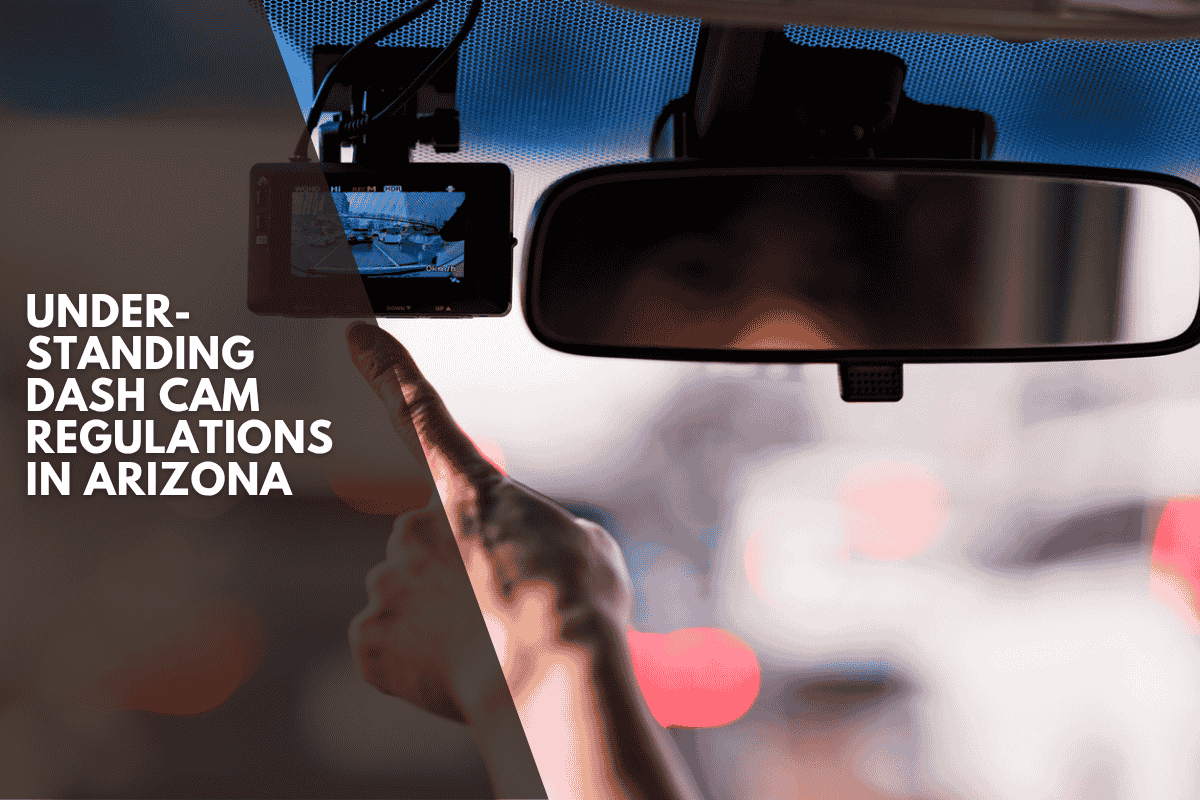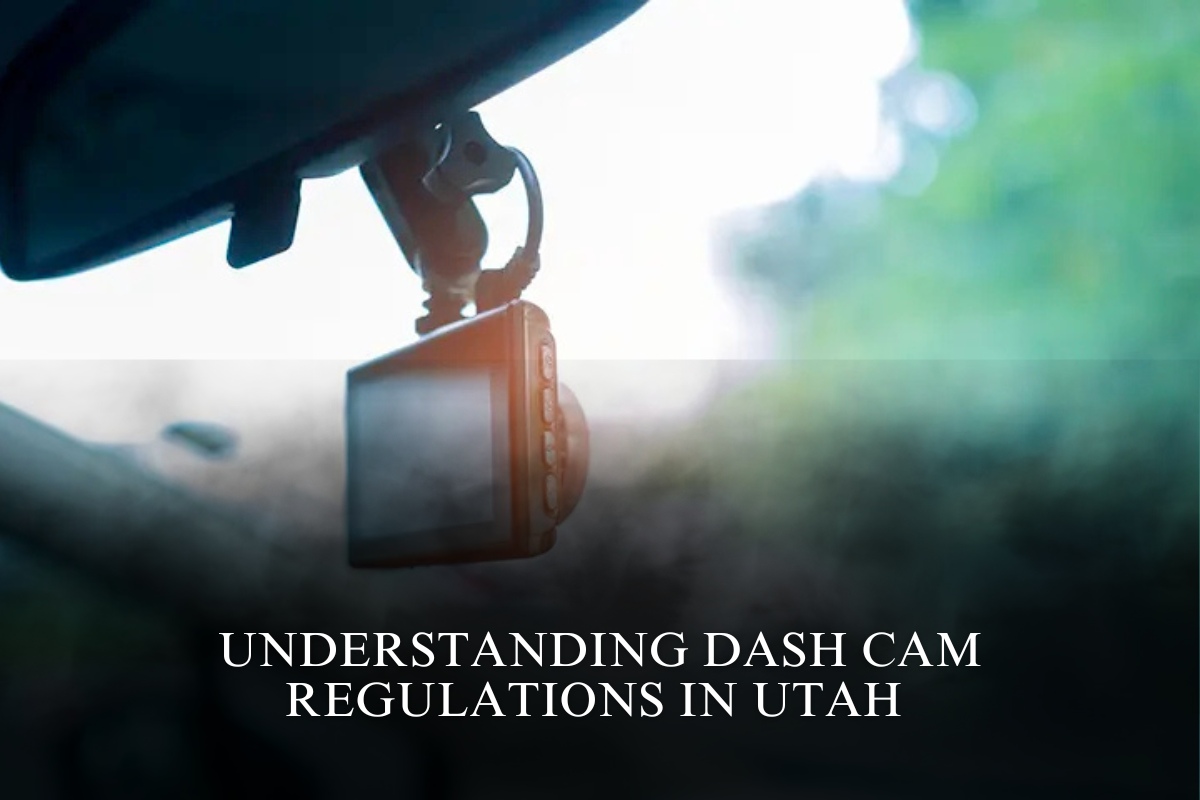In Arizona, dash cams are legal for personal use, but there are specific state regulations that must be followed to ensure safety and avoid legal issues. Knowing these regulations can help you make the most of your dash cam while staying within the law.
Mounting Restrictions
Arizona law, under A.R.S. § 28-959.01, prohibits any object or material attached to the windshield that obstructs or reduces the driver’s clear view. To comply with the law, the dash cam must be mounted in such a way that it does not block the driver’s line of sight. When mounting on the driver’s side, the dash cam should occupy no more than 5 square inches.
On the passenger side, it can occupy up to 7 square inches. Alternatively, mounting the dash cam on the dashboard is permissible as long as it does not obstruct the driver’s view. Ensuring that the dash cam is placed in an unobtrusive location is key to staying within Arizona’s regulations.
Footage Usage and Legal Considerations
Dash cam footage can be incredibly valuable, especially in legal situations like personal injury claims. Arizona courts generally accept dash cam footage as evidence if it is relevant, authentic, and unaltered.
However, it’s important to keep the footage intact and not delete any recordings, especially if they are related to a potential legal issue.
Tampering with evidence can result in legal consequences, so it’s important to preserve recordings that might be necessary for any future claims or disputes. This can be particularly beneficial if you’re involved in an accident or need to provide evidence for insurance claims.
Audio Recording Laws
Arizona is a one-party consent state when it comes to audio recordings. This means that as long as one person in the conversation consents to the recording, it is legal to record. If you’re using a dash cam that records audio, it’s important to note that you do not need the consent of all parties in the car to record the conversation.
However, to avoid any misunderstandings, it’s still a good practice to inform your passengers that they are being recorded, even if it’s not required by law. Transparency in this matter can prevent potential issues, especially if the footage is ever used in a legal setting.
Best Practices for Dash Cam Use in Arizona
To stay within the law and use your dash cam responsibly, proper placement is crucial. Make sure the dash cam is mounted in a way that complies with Arizona’s regulations by ensuring it doesn’t obstruct the driver’s view.
Additionally, preserving footage is vital. Do not delete recordings that could potentially be needed as evidence, especially after an incident that may require legal action or insurance claims.
Even though Arizona law doesn’t require informing passengers, it’s a good idea to be transparent about the presence of a recording device in the vehicle. Lastly, if you are uncertain about using dash cam footage in a specific situation, consulting with a legal professional can provide clarity and ensure that you are fully compliant with Arizona’s laws.
Dash cams are legal in Arizona, but there are specific guidelines regarding their use, placement, and the handling of footage. By following the regulations and best practices, you can effectively use your dash cam while ensuring compliance with state laws.
Sources
[1] https://www.ddpai.com/blog/dash-cam-laws/
[2] https://www.expertmarket.com/dash-cams/dash-cam-laws-by-state
[3] https://www.azuga.com/blog/dash-cam-laws
[4] https://www.instagram.com/p/DG-X3njxRH_/
[5] https://matrackinc.com/dash-cam-laws-by-states/











